What to see in Murcia
Murcia is probably one of the most unknown Spanish cities, at an international level, despite being the capital of its own province. In Spain, there's also a common lack of awareness of Murcia when someone says they are going there, there are many other Spanish destinations that are much more well known. Murcia is the capital of the region of Murcia, situated in the South-East of Spain. Its history has left behind an impressive legacy, as the city has experienced very diverse time periods and has consisted of many very different towns throughout its past.
Murcia is an average sized city, so your visit won't be endless. I would personally recommend that when you come to visit this region, visit more than just its capital. For example, dedicate a few days to the city, and then visit Cartagena or another location on the coast.
Visiting Murcia is a great idea at any time of the year, except during the months of July and August when the temperature is very hot, and on occasions at its most extreme, it's impossible to enjoy being a tourist in those conditions.
How do you get to Murcia and how do you move around the city?
Without any inch of a doubt, one of the biggest problems when it comes to travelling to Murcia is the transport. We need to invest more in this sector so the region can become a better attraction and develop its tourism for all year round. But, I don't want to go into any more detail about this subject. Let's move on to the important stuff...
They have just opened an international airport in Murcia, Corvera Airport, although the prices are quite high, so if you're coming from outside of Spain, or even the other side of the country, it may be a better idea to get a flight to Alicante Airport, and from there you can get a bus that only takes an hour.
The train station in Murcia is Estación de Murcia del Carmen, located in an area with the same name, and you'll find it by crossing the river. In Murcia, RENFE (RENFE - which is the Spanish national railway that connects the whole of Spain) has two lines, one that goes to Madrid, passing through Albacete, and the other goes to Barcelona, and goes along the edge of the East coast of Spain. Additionally, there are also lines that go to places nearby (which are called Cercanías), one to Alicante (passing through Beniel, Orihuela, Elche), and another goes to Lorca and another to Cartagena. So, if whilst you're in Murcia you would like to visit one of these places, this is the best option. The prices are cheap, and the journey is actually quite a pleasant one.
Also, there is a bus station, found in the centre, which is where the regional, national and international buses arrive to and leave from. Travelling by bus gives you a great variety of option when it comes to travelling, but these trips to take longer.
What is there to do in Murcia?
The most central point of the city is probably Plaza Circular, an enormous plaza that links all of the main streets of the city, and nowadays is known for being very well decorated, but depending on the date you find yourself there. For the Springtime festivals, for example, the plaza has a replica of the Christ of Monteagudo, and its decorations are beautiful. Among the streets that connect to Plaza Circular are Gran Vía, although I won't explain much about this street as it doesn't have much more than any other Gran Vía in any other city, El Corte Inglés and its typical shops. If we follow one of the streets from Plaza Circular, the one parallel to the Gran Vía, you will find the Paseo de Alfonso X El Sabio, also known as "El Tontódromo", we can walk serenly down the pedestrianised promenade, until we see, almost just at the end of the street, the Santa Clara Museum.
Santa Clara Monastery & Museum is a monastical ensemble of the Order of the Saint Clare's Nuns that formerly existed in the Muslim palace (Álcazar menor musulmán). Entry is free and there are free guided visits at specific times as well. It's a marvel to see the great combination of styles that this monastery presents both inside and outside the building. From September to June they open from Tuesday to Saturday from 10am to 1pm and 4pm to 6. 30pm. On Sundays and during holidays it only opens in the morning and it's closed on Mondays. During the months of July and August it has the same timetable as Sundays and holidays.
Continuing down the promenade, we will find the Santo Domingo Plaza, where the Church of Santo Domingo is located, constructed in the thirteenth century governed by Jesuítas (followers of Jesus). If we turn to the right after passing the church we will arrive at Julián Romea Plaza, where we will be able to see the other side of the church. In this plaza you will find the Romea Theatre, which is the main theatre in Murcia and one of the most important in the country. This building has been under restoration various times, but now it's open to the public, so that you can keep an eye out for the billboards whenever you go to Murcia. I would recommend that you find out a little about the legend that this theatre harbours before you go.
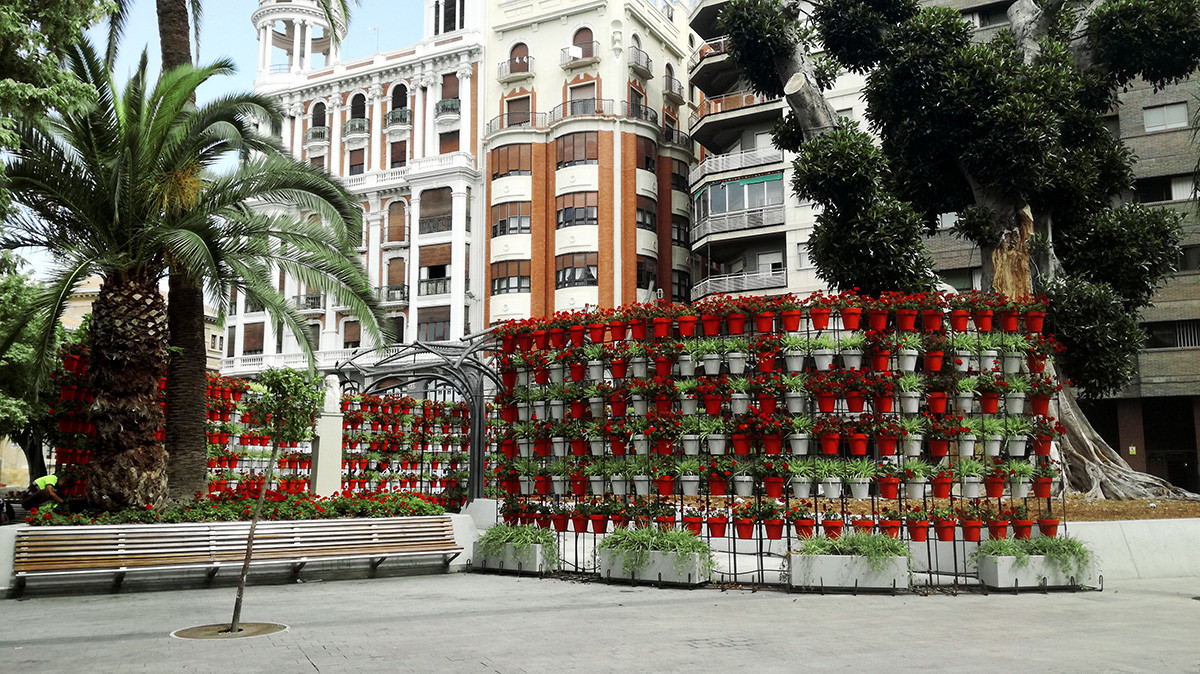
If, instead of turning right, we keep going straight on, we will find Calle Trapería, one of the best known streets in the city, which links this plaza to the Cathedral, which is where we are aiming for. I would suggest that you go for a stroll through the streets parallel and perpendicular to this one, such as Calle Platería and Calle Jabonerías, which are streets filled with shops and boutiques, making them very pleasant to walk through. On Calle Trapería, you will find the Royal Casino of Murcia.
The Casino is one of the hidden gems that the city houses. The building dates back to the 19th century and is formed by an amalgamation of incredible styles. Beginning with its Arabic Patio, follows the Library, the splendid Dance Hall, the Ladies Dressing Room, the Tearoom, and the Arsenal. All of its elements make this spot one of the prettiest in the city. Entry costs €3 with a discount, and €5 normally, and the price includes an audio guide. The Casino of Murcia has a restaurant, open to the public, which can be accessed through the side door. It is open every day from 10. 30am to 7pm.
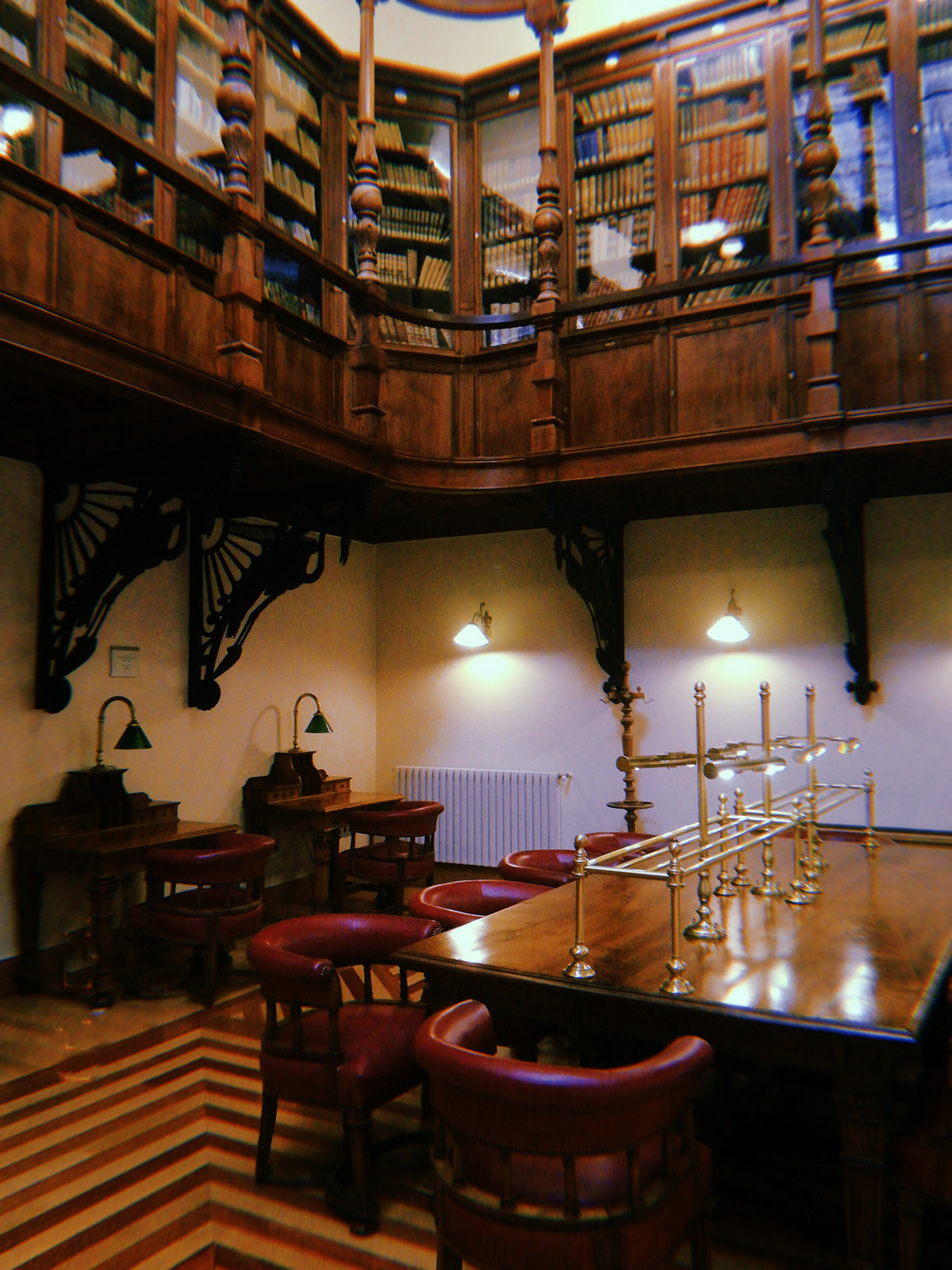
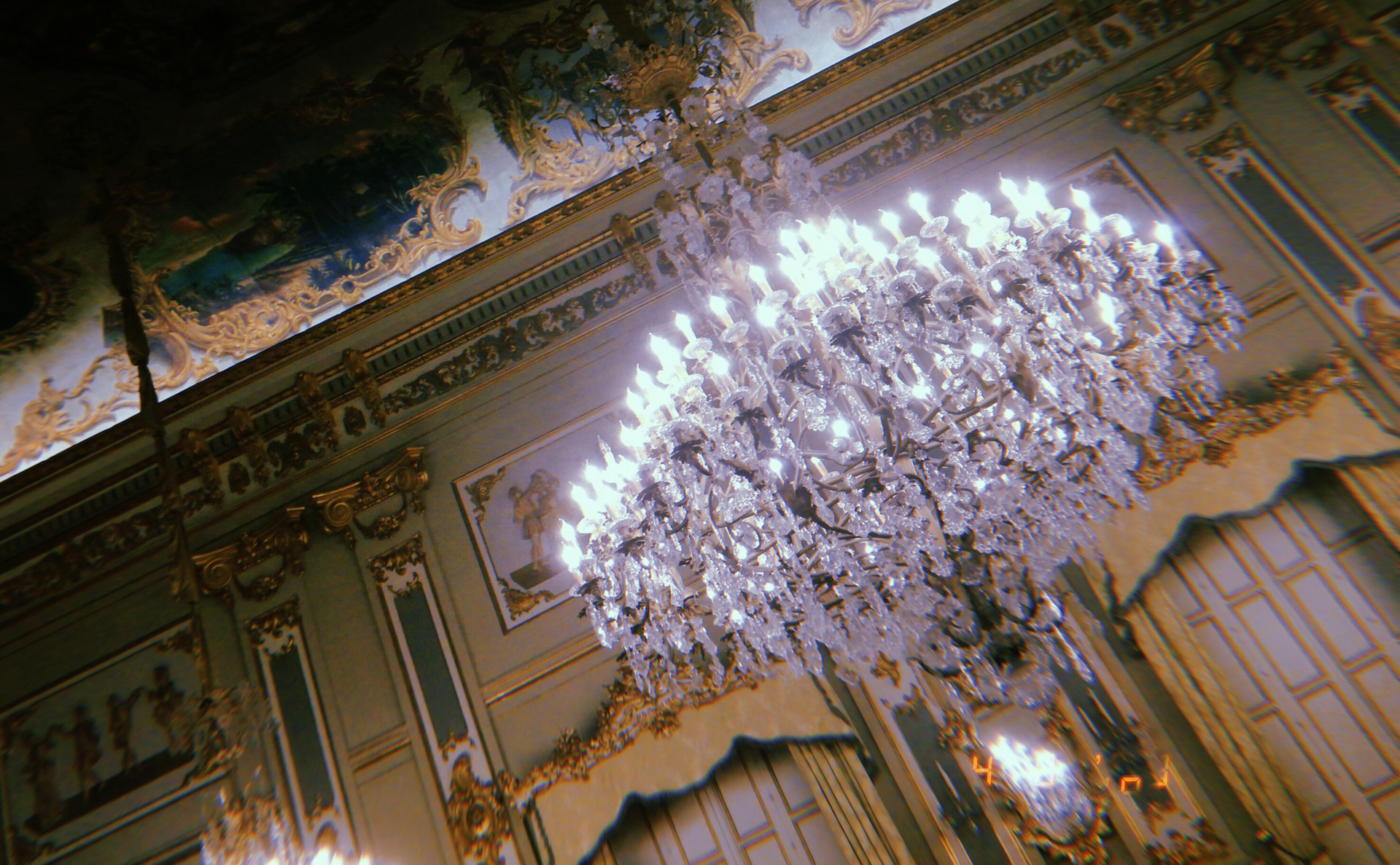
The most distinctive element of the city is the Cathedral, that stands out due to its combination of styles, with its Baroque facade and interior, and for the most part, its Gothic design. I would recommend that you go in when there isn't a mass going on, so you can get closer to the Cathedral choir stalls (whose chairs were donated by Isabel II after a fire that destroyed the stalls at the end of the nineteenth century), and admire the beautiful organ. On the inside of the Cathedral there are an array of chapels, and between them the Vélez Chapel stands out (in its flamboyant Gothic style) and the Junterones Chapel (of a Renaissance design). Entry to the Cathedral is free, although if you also want to go to the Cathedral Museum, entry would cost €3. They offer guided tours that you have to book in advance. It's also possible to go up the Cathedral Tower so you can appreciate the views of the city from there.
The Cathedral is open from September until June from 7am till 1pm, and 5pm till 8pm. On Sundays and during festivals the afternoon hours change to 6. 30pm until 8pm. On Saturdays, Sundays and holidays it opens at 7am until 1pm, and opens again at 6pm until 9pm.
In the plaza of the main facade of the Cathedral, the Cardenal Belluga Plaza, you will also find the Episcopal Palace, Rococo and Baroque in its design, which is the official headquarters of the diocese of Cartagena, and entry is free.
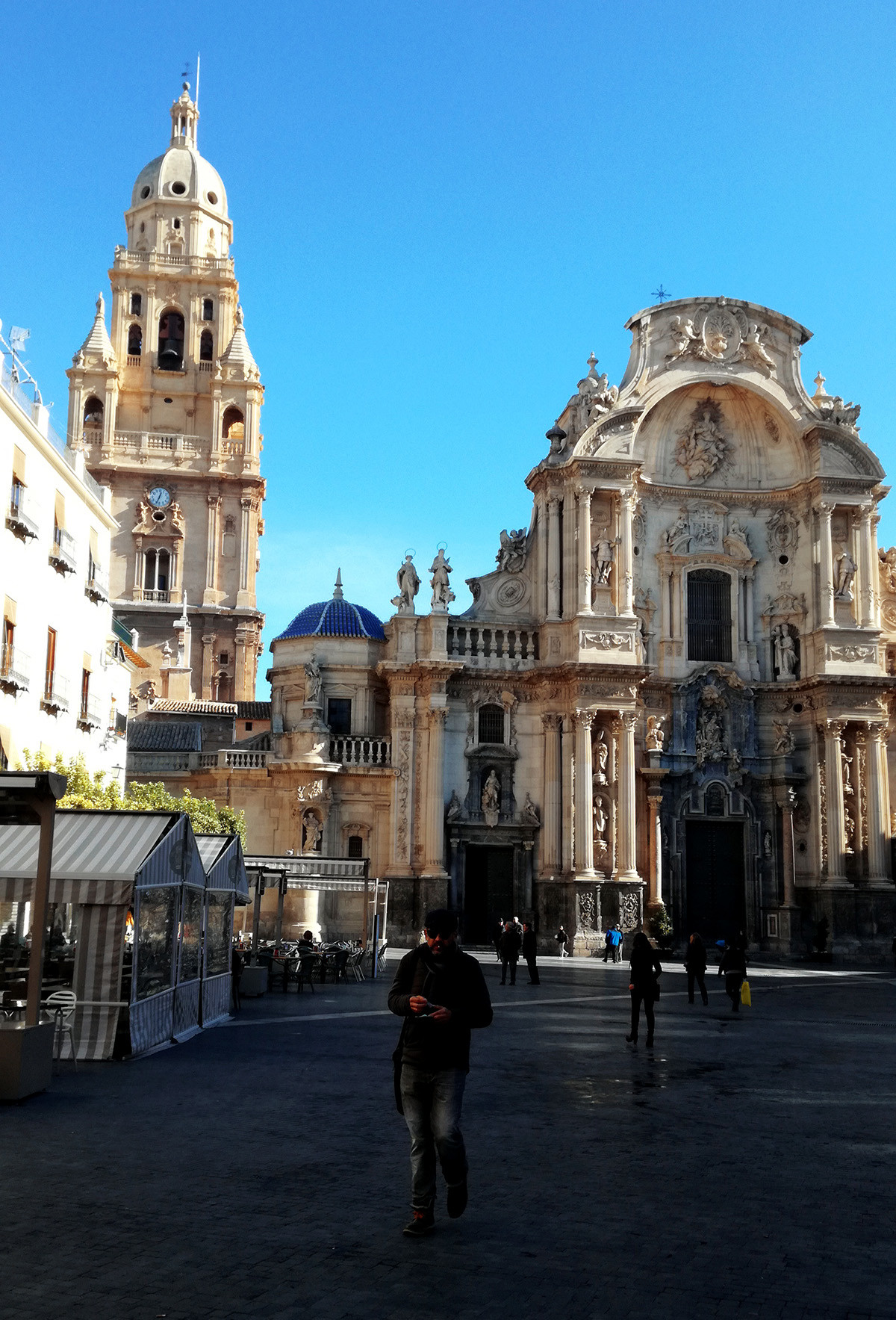
In this plaza, you will find a tourist office, if you would like to inform yourself of the activities that take place in Murcia on more specific dates. If you carry on down the street with the office, you will arrive at the Glorieta Plaza, a plaza full of very pretty flowers, where the town hall of Murcia is also found. In front of this, you will see the Segura River, with its distinct bridges, and you can cross over the river as they have built a road that goes over it. Also, it's been possible for a few years now to rent boats on the river.
Directly from the bridge you will see the Gran Vía of the city, and this is the Puente de los Peligros (Bridge of Dangers), also known as the Puente Viejo (Old Bridge), as it's the oldest of the bridges that cross the Segura River. The name 'los Peligros' was given to it by the "Virgin" that you will see as soon as you cross the bridge on the right. If instead of crossing the bridge, you turn to the right, you will find the Malecón Garden, one of the known "hippy" spots in Murcia, which is very nice to walk through.
If in fact you do cross the bridge, you will come across the Barrio del Carmen, and the first thing you'll see will be the Floridablanca Garden, in front of the Church of Carmen, a Baroque style church known for being the old temple of the Convent of the Carmelitas.
The Museum of the Sculptor Francisco Salzillo, something a little bit further out from the city's old town, you will find yourself next to the bus station. Francisco Salzillo was a very important sculptor for Murcian people, known for the creation of many of the sculptures that appear during the Easter processions in the city, and they are on show in this museum. General entry costs €5 and €4 with a discount. It opens from Monday to Saturday from 10am until 5pm and on Sundays from 10am to 2pm. In the summer it opens from Monday to Friday from 10am to 2pm and it's closed during the weekends.
Murcian Gastronomy
Briefly I will compose a summary of the most typical food from the region of Murcia that you could ask for in any bar you find. I will recommend a lot of things, all of which you will find in the city during the Springtime festivals or during the September Feria, where you will pass by huts ("barracas") where you can try this food.
I will suggest a few things:
- Bicicleta, marinero, marinera y matrimonio: Even a lot of local people don't have a clear idea of what each one is, but I will explain. The bicicleta consists of a ring-shaped pastry with Russian salad on top. If you add an anchovy this becomes a marinera, and in turn if we add a sardine, it becomes a marinero and we call it a matrimonio if we add both. The best place to taste these four plates are the Cafe Bar Gran Vía, situated a the end of Paseo de Alfonso X El Sabio.
- Zarangollo: this is made up of scrambled eggs, courgette and onion, although there is a variation of this that includes potato. It's super tasty.
- Pastel de carne: you can ask for this in nearly every patisserie in Murcia, although the most famous places for it are Bonache, Espinosa and Zaher. It consists of a puff pastry filled with mainly meat, egg and spices.
- Ensalada murciana: the "ensalada murciana" normally has tuna, egg, onion, black olives, tomato sauce, olive oil and salt in it. It is a very appetising and refreshing dish, that tends to be the most common dish above all else during the September Feria.
- Paparajote: the most typical Murcian dessert. It consists of a dough which is made from cinnamon and sugar that they serve with a leaf from a lemon tree in the middle. I personally love this dish.
Festivals in Murcia
It is with great importance that I mention the famous processions of Semana Santa (Easter) which have been declared as International Tourist Interest. Standing out are its images by Salzillo, the sculptor I mentioned previously. This year, Easter starts on the 14th April and end on the 21st.
The week after, the Fiestas de Primavera (Springtime festivals) are celebrated, which go on all week, and the main events are El Bando de la Huerta (on the Tuesday), El Entierro de la Sardina (on the Saturday). There are different parades, such as the Battle of Flowers, that I would 100% recommend you go and see, where the locals prepare huts known as "barracas", where you can buy typical food of the region.
We also have the September Feria, whose dates vary every year. In the area "de la fica" they assemble a fairground, and they set up "barracas" here too, but only in the Paseo del Malecón, where performances related to the Moros y Cristianos (the Moors and Christians) take place.
To eat or drink
I am simply going to recommend the most typical areas to eat or drink, as I expect there have been various posts from locals about which bars to go out to, or where to eat (this is also a low-cost version).
So, for eating tapas, you can do so in whichever of the city's plazas, but the best are in the Plaza de las Flores and Santa Catalina Plaza, situated on the opposite side to the old town if you cross the Gran Vía. These two plazas are filled with bars, both in the plazas and around the outside, where you can try the best quality typical Murcian food.
If you prefer to eat in a restaurant, you have San Juan Plaza, with one of the most typical restaurants being the Pequeña. Around the outside of the plaza, there are streets such as Cánovas del Castillo, or Calle Simón García, which are also packed with great restaurants.
Other plazas include Santo Domingo Plaza, which is the typical spot for buying ice cream, and the Cathedral Plaza, where you can find somewhere to have tapas, or if you prefer, have a coffee.
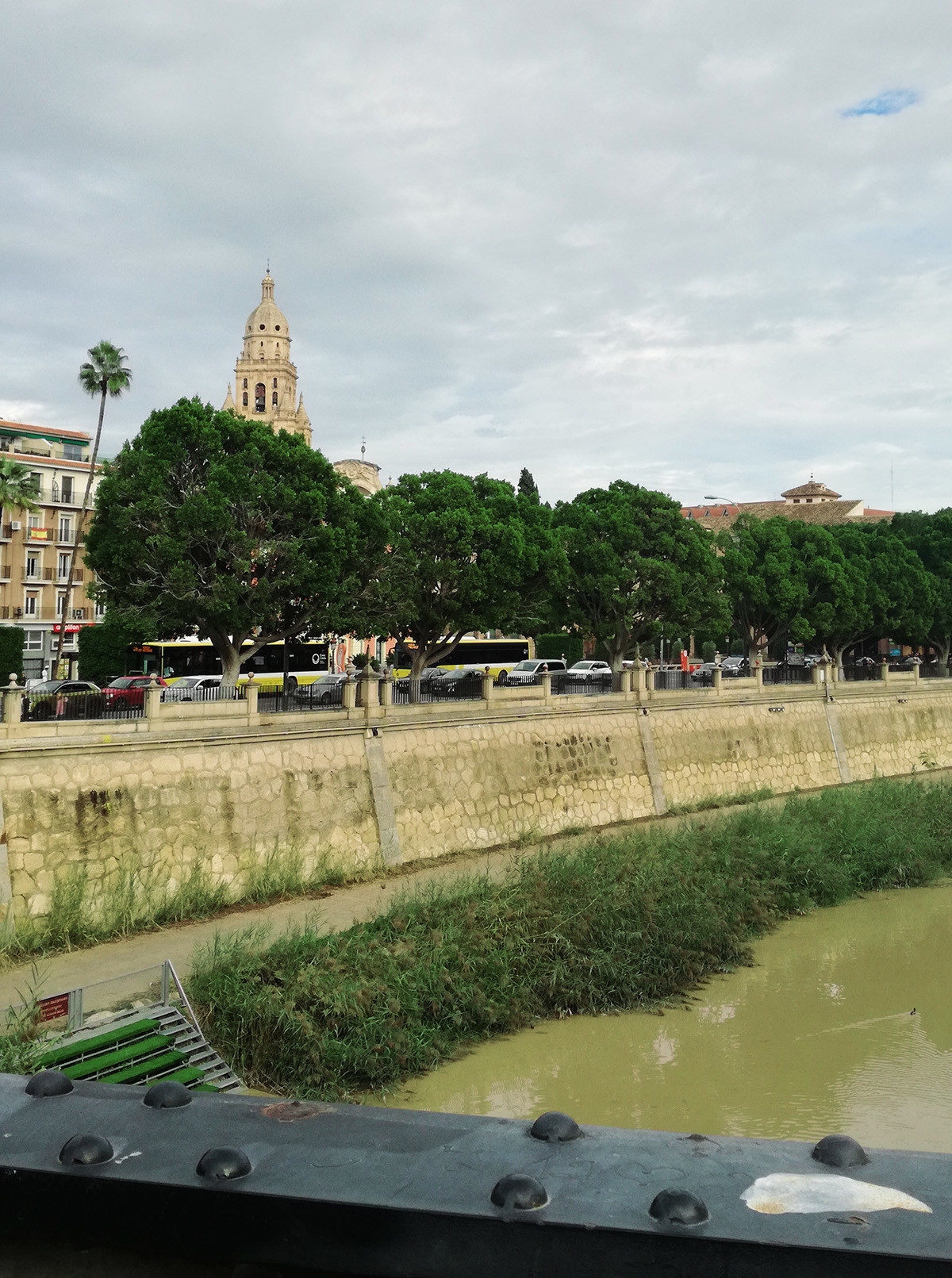
In the Merced Plaza, where the university with the same name stands, you will find many bars where you can enjoy the best priced beers in the city.
Another place where you can have something to eat or drink is the Correos Market, which is the building where the old post office used to be, that they have renovated into a gastro-market. It's fair to say that it is a very pretty spot, and I would highly recommend going.
I hope you have enjoyed this post and that you find it useful! In my next few I will make more specific recommendations about the city.
Photo gallery
Content available in other languages
- Español: Qué ver en Murcia
Want to have your own Erasmus blog?
If you are experiencing living abroad, you're an avid traveller or want to promote the city where you live... create your own blog and share your adventures!
I want to create my Erasmus blog! →




















Comments (1 comments)
Your blog post was a great read! I found the information particularly interesting. I recently read a similar topic on illiciumlondon.co.uk, and would appreciate your perspective on this. Thanks for sharing your knowledge!